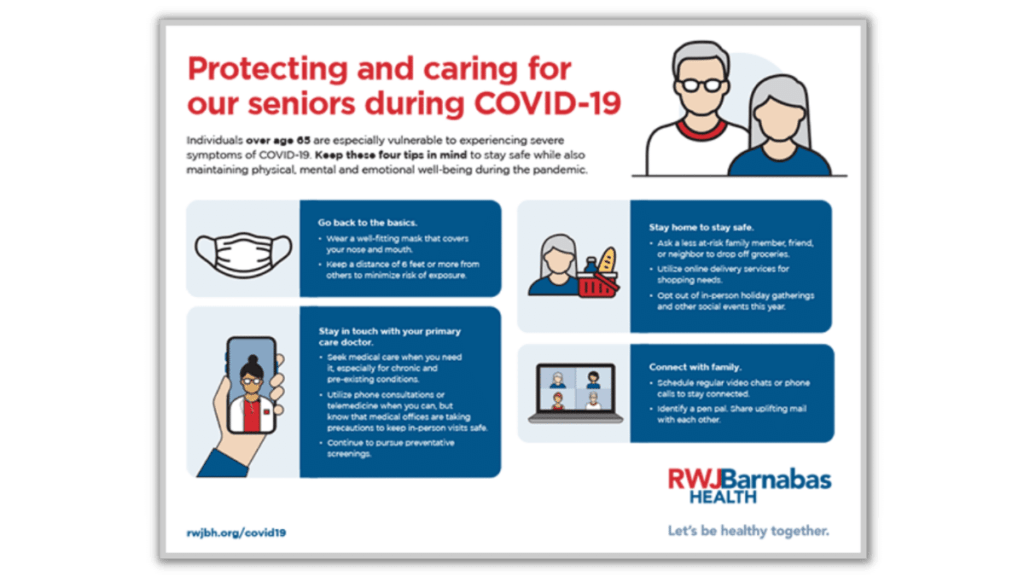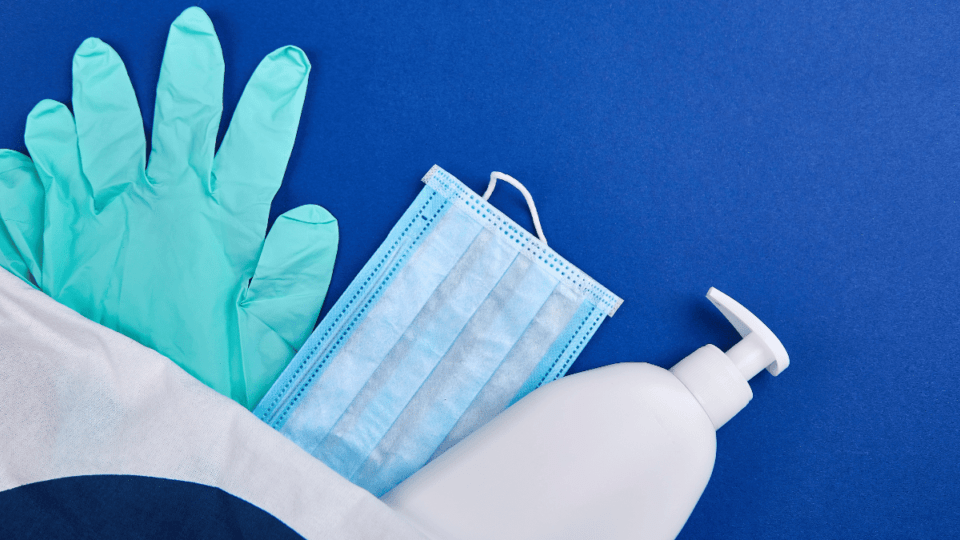As a home healthcare specialist, it is essential to keep your clients safe and healthy by following the latest COVID-19 protocols.
Marsha Gay Reynolds is a managing director of a home health agency in New York.
Marsha shares her best staff tips for practicing safety during home visits to keep yourself, the family members, and other caregivers safe during a visit.
Wear Personal Protective Equipment (PPE)
When you arrive at a home to visit clients, it’s important to wear the appropriate protective equipment. PPE like masks, face shields, and disposable gloves should be worn when you enter the home and throughout your entire visit.
Be sure to also carry hand sanitizer with you, as well as proper air filtration equipment if available.
Additionally, make sure there is the proper social distancing of at least 6 feet between yourself and any family members or other caregivers in the home during your visit.
Follow your state guidelines and recommendations for every visit.
Every state has its own guidelines and recommendations for home visits following COVID-19 protocols. Make sure you are familiar with guidelines from your specific state and follow them for each of your home visits. This will help ensure the safety of both you and the client or family members you are visiting.
Additionally, keep up to date with any changes in the recommendations as they may vary throughout the year. You can stay up to date on the COVID-19 protocols for each state by visiting the AARP.
Practice good hand hygiene and reinforce it with clients.
Practicing and reinforcing good hand hygiene with clients is paramount for their safety. Before, during, and after each home visit, you should make sure you are following CDC guidelines by washing your hands often with soap and water or using an alcohol-based hand sanitizer that contains 60%–95% alcohol.
You should also teach your clients to do the same before interacting with or being in direct contact with others.
Additionally, encourage your clients to keep essentials like tissues and alcohol-based hand sanitizer available at all times.
Create a contactless approach for paperwork/payments in advance of the visit.
Whenever possible, minimize any required contact during the visit by promoting a contactless approach. This can be achieved by having the client accept or fill out any paperwork or make payments online in advance.
If you must provide them with handouts or other physical items, these are best left at the doorstep to lessen any potential close contact.
Lastly, have home healthcare equipment such as blood pressure cuffs and thermometers thoroughly sanitized before each use.

Educate your clients on the importance of social distancing and isolation protocols when possible.
Being informed of the risks associated with the contact is critical for both you and your clients. Make sure to keep them informed of any new safety protocols that you are implementing during visits as well as new guidelines from local health organizations.
Additionally, remind your clients of the importance of maintaining social distancing and hygiene habits in order to reduce the spread of COVID-19.
Encourage them to stay at home when possible, practice good hygiene habits like washing their hands regularly, and wear a mask when interacting with anyone outside the home.
Staying active while practicing social distancing.
From her experience working with aging adults, Marsha Gay Reynolds advocates for a holistic approach to caregiving that focuses on both physical and emotional comfort. Community activities such as board games and storytelling provide social interaction and mental stimulation during the day.
Patients can also exercise regularly while adhering to COVID-19 protocols. Marsha Gay Reynolds noted that providing emotional support can often make as much of an impact as providing physical care.
The good news is that you can still stay active and safe while practicing social distancing. Follow these helpful tips provided by the managing director of a home health agency Marsha Gay Reynolds.

If your colleague, friend, or family member is making an impact in their career, industry, or community, we want to hear about it.
